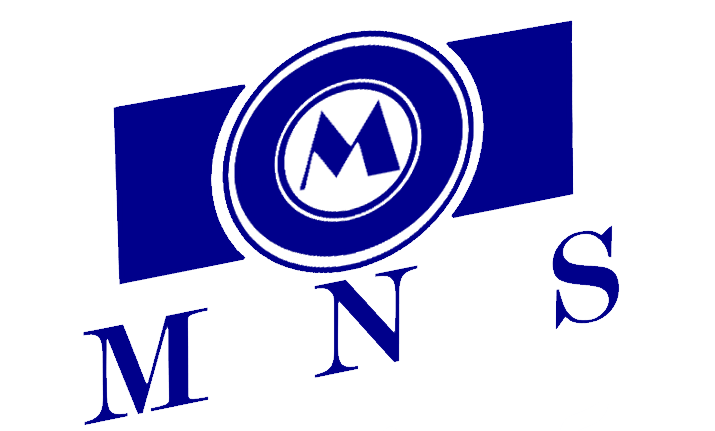Technologies

Production of brushes
Brushes for electric motors and starters can be divided into several types:
Metallographic brushes
These are brushes made from several types of powder materials that are mixed in a stoichiometric ratio depending on the voltage at which the device operates. The predominant material in such brushes is electrolytic copper powder with the addition of natural graphite powder and formaldehyde resin that acts as a binder. The non-metallic components are mixed in a Z mixer, where the solvent evaporates to give a homogeneous mixture that is ready for grinding. After grinding, a mixture with copper powder is prepared, stirring in a double-cone mixer ready for compression. In addition to the basic components, small percentages of friction reducing agents such as MoS2 can be added to the molding mix.
Pressing is done in metal molds on double acting presses to produce crude brushes of a certain density. The density of the brushes depends on the percentages of graphite used and the pressing force. The brushes thus obtained are sintered according to a special regime in furnaces with a protective atmosphere to prevent oxidation of the brush and the braid.
These brushes are applicable on sliding rings at high current densities, as well as on low-voltage machines (Car starters).
Electrographite brushes
These brushes are most commonly produced by custom cutting from electrographite blocks. After cutting, a copper cable, spring or axle are inserted into the brush.

Production of sinter bearings
Bronze powders and iron powders are checked standard materials for sinter bearings. Both materials are used for the manufacture of high porosity, high surface quality and defined pore volume bearings, thus meeting the most important requirements regarding the proper running of the shaft and the provision of lubricant in the bearing gap.
Sintered iron (SINT-B10). In cases where very high damping and pv-values are not met, the sliding bearings of this material are very economical and satisfactory solution. They are used to operate at temperatures up to 120 ⁰C.
Sintered bronze ( SINT-B50). Compared to sintered iron, sintered bronze is characterized by better performance characteristics in emergency situations, better damping of its own oscillations, higher pv-values and better corrosion resistance. Bearings made of this material provide quieter operation.
The range of materials used by the MNS for the production of sintered bearings consists of sintered iron without or with alloying elements such as carbon, copper and nickel, as well as sintered bronze without or with additives such as graphite, iron and nickel.

Production of filters
Materials for filter production are:
SMF-B sintered bronze (spherical particle shape)
SMF-R stainless steel (irregular particle shape).
The starting material for the production of high-porosity SMF-B sintered material is 90% Cu and 10% Sn spherical bronze powder. These materials are sorted by filter fineness, in eight standard qualities. According to the specific requirements, SMF-B materials can be produced with a different filter fineness and a different density.
The starting material for the production of SMF-R high-porosity sintered material is a stainless steel powder, with a chemical composition of 18% Cr, 12% Ni, 2% Mo (316L). Unlike SMF-B material, the porosity of SMF-R material can be affected by a change in compression pressure when making the filter. From the same fraction of stainless steel powder particles, only by varying the relative density, high-porous sintered materials of different permeability and filter fineness can be obtained, which gives the possibility of a much wider range of SMF-R materials.

Production of sintered structural parts
The range of materials used by MNS in its own production is sintered bronze with or without graphite and sintered iron with or without graphite, copper and nickel. The process of manufacturing structural sinter parts consists of the following operations:
Mixes
Base powders based on iron or bronze are mixed with other additives which are also powder-coated in a double-cone mixer to obtain the desired composition.
Pressing
Compression of parts is done in appropriately shaped tools. Choosing the right pressing pressure, which usually ranges from 400 to 800 MN/m2, can change the density or porosity of the section.
Sintering
The subsequent sintering process, which is thermal treatment in a H2 protective atmosphere with precisely controlled time and temperatures, yields the required strength and hardness. The sintering process is performed at temperatures slightly lower than the melting temperature of the main alloying component.
Calibration
During sintering, minor dimensional changes occur at the samples. Parts with very narrow tolerances must therefore be calibrated to the correct extent in special tools. Calibrated surface has very little roughness.